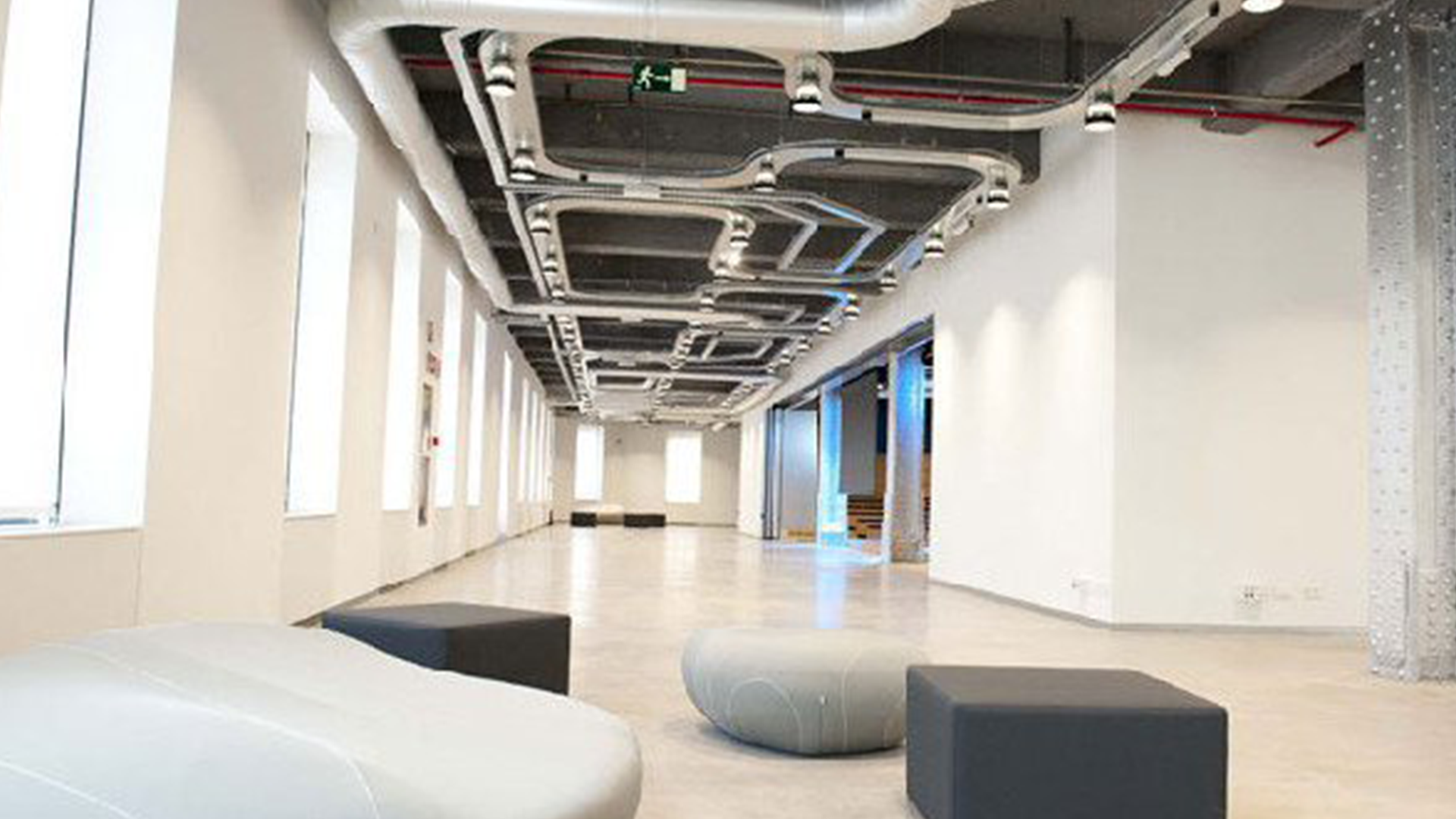LIVING MUSEUM MADRID: ART, ARTIFICIAL INTELLIGENCE, DIVERSITY AND MENTAL HEALTH
This project is created as a “Solidarity Challenge” within Fundación Telefónica’s volunteer program.
The nature of his approach arises from an interest in diversity and mental health, finding a place of growth in the passion for art as a professional and personal development of the association Living Museum Madrid and the passion for emerging technology of the Telefonica Foundation.
Entities collaborating in the project:
Fundación Telefónica: Entity that hosts the challenge as part of its “Solidarity Challenges” program and through which the volunteers who participate in support are organized.
Living Museum Madrid: Association that proposes, develops and manages the challenge together with volunteers from Fundación Telefónica.
Fundación Raíles: Entity dedicated to working with people with intellectual disabilities whose beneficiaries participate in the project.
Faculty of Education of the Complutense University of Madrid, UCM: Entity that lends the art room in an inclusive space for the realization of the project.
Project objectives:
– Know what AI is and some of the possibilities it offers.
– To explore some AI as support in the creative process of the people who participate in the workshops.
– Enjoy the creative use of AI and share the experience, with the aim of making this experience replicable in the future.
Experiences :
“It is important to be in contact with people and see how crazy ideas come out and represent through the sum of all our imaginations” (Marisa Zarcero, Fundación Telefónica volunteer).
“There was a barrier in the process of using AIs and that is having to first learn how to “build the prompt” properly so that the intelligence returns an image closer to what is asked of it” (Paula Álvarez, professional collaborator in the project).
“I think the experience should be repeated to have more possibilities. In the creative workshops you need time to experiment” (Marta Lage de la Rosa, professional collaborator in the project).
“I think that the experience starts as a very positive challenge, although it is also true that it is not an activity in which everyone wants to participate, as in the case of several people who decided to work in traditional media, since it offered them greater personal motivation” (Álvaro León, Fundación Telefónica volunteer).
“Taking into account that the group that participated in the workshop are people with a high artistic drive and used to work directly with the work, perhaps for the image that comes out of the AI to be recognized as their own, it would be interesting to use an additional step to get people to take ownership of the creation. For example, telling stories that facilitate the imagination, creating a great story together, etc., thus encouraging greater involvement in the creation of the prompts” (Macarena Ubago, Fundación Telefónica volunteer).
“What I liked the most is the tablet and the computer. We did the drawings on the tablet. There were some things that didn’t turn out well but then we repeated them again” (Dolores García from the Fundación Raíles art group).
I had honestly never heard the words Artificial Intelligence until now. I find it amazing that with a few simple words you can generate images on a tablet or a computer. I really enjoyed participating, but the process to follow is complicated. The Tablet or laptop must be given a few commands. Those keywords that are like commands, I couldn’t write them because I didn’t know them, but with help I managed to do it. (Carlos Molina from the art group of Fundación Raíles).
IAS do not think what I think, they do not generate 100% of what I imagined. The AI follows some patterns, they are not perfect. But it generates some interesting results, among which I chose several images, put them together and came out with some results that I liked. If something perfect existed, where would imagination be? Imagination would end (Andrés Valiña from the art group of Fundación Raíles).

